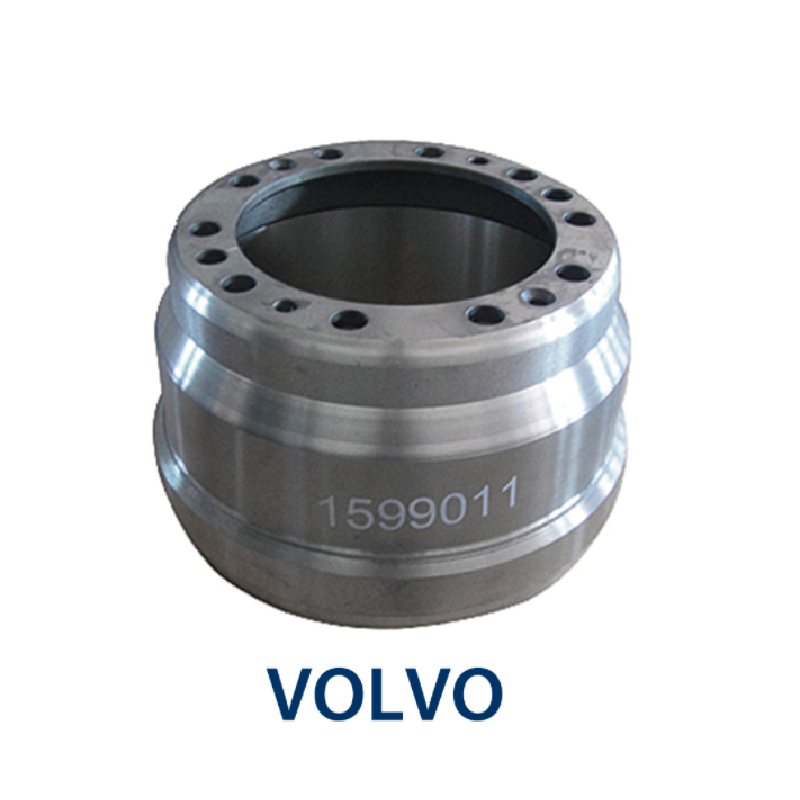Oct . 10, 2024 18:25 Back to list
Rear Brake Shoe and Drum Replacement for Optimal Vehicle Performance and Safety
Understanding Rear Brake Shoes and Drums Essential Components for Vehicle Safety
When it comes to vehicle safety, the braking system is one of the most critical components. Among the various elements of a braking system, rear brake shoes and drums play a pivotal role, especially in vehicles that utilize drum brakes. Understanding their function and importance is essential for both car owners and automotive enthusiasts.
Rear brake shoes are curved friction components that press against the inside of the brake drum to create the necessary friction for slowing down or stopping the vehicle. When the brake pedal is engaged, hydraulic pressure is applied to the wheel cylinder, pushing the brake shoes outward against the inner surface of the drum. This contact generates friction, which converts kinetic energy into thermal energy, effectively slowing the vehicle.
Brake drums, on the other hand, are cylindrical components that house the brake shoes. Usually made from cast iron or aluminum, these drums are designed to withstand high temperatures and the constant wear that accompanies braking. Over time, both brake shoes and drums endure a significant amount of wear and tear, and regular maintenance is crucial for optimal performance.
rear brake shoes and drums

One of the key advantages of using rear brake shoes and drums is their ability to provide effective braking power while being relatively lightweight. However, they also have their drawbacks. Drum brakes tend to dissipate heat less efficiently than disc brakes, which can lead to brake fade during prolonged use. This is particularly concerning in scenarios such as driving down steep hills or during heavy traffic conditions.
Regular inspection of rear brake shoes and drums is vital for vehicle safety. Signs of wear include squeaking or grinding noises, reduced braking efficiency, or a pulling sensation when braking. If any of these symptoms are observed, it is crucial to have the braking system checked promptly. In many cases, replacing worn-out brake shoes is a straightforward process, but it may also be necessary to replace the brake drum if it is excessively damaged or warped.
Additionally, proper installation during a brake shoe replacement is essential to avoid uneven wear and premature failure. It's vital to ensure that all components of the braking system, including springs and retainers, are in good condition.
In conclusion, rear brake shoes and drums are vital elements of a vehicle’s braking system. Regular maintenance and timely replacement can significantly enhance the safety and performance of your vehicle. Understanding their complexities and recognizing the signs of wear can keep your car running smoothly and ensure safer journeys on the road. Always consult a professional mechanic for inspections and service to keep your braking system in optimal condition. By prioritizing brake maintenance, drivers can enjoy peace of mind knowing they are taking an active role in their vehicle's safety.
-
Scania Brake Drums: OEM Quality for Optimal Safety & Durability
NewsAug.16,2025
-
R.V.I: Advanced Remote Visual Inspection for Precision
NewsAug.15,2025
-
Discover HYUNDA: Innovative Vehicles, Equipment & Solutions
NewsAug.14,2025
-
R.V.I: Unlock Advanced Insights & Real-time Performance
NewsAug.13,2025
-
Kamaz Brake Drum: Durable & Reliable for Heavy Duty Trucks
NewsAug.12,2025
-
Heavy Duty Iveco Brake Drum - Premium Quality & Safety
NewsAug.11,2025
